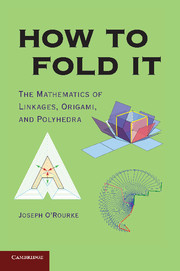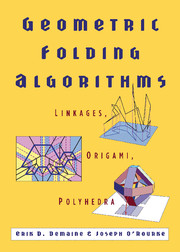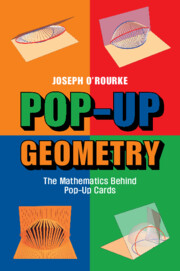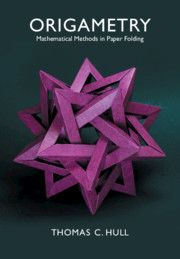How to Fold It
What do proteins and pop-up cards have in common? How is opening a grocery bag different from opening a gift box? How can you cut out the letters for a whole word all at once with one straight scissors cut? How many ways are there to flatten a cube? With the help of 200 colour figures, author Joseph O'Rourke explains these fascinating folding problems starting from high school algebra and geometry and introducing more advanced concepts in tangible contexts as they arise. He shows how variations on these basic problems lead directly to the frontiers of current mathematical research and offers ten accessible unsolved problems for the enterprising reader. Before tackling these, you can test your skills on fifty exercises with complete solutions. The book's website, http://www.howtofoldit.org, has dynamic animations of many of the foldings and downloadable templates for readers to fold or cut out.
- Nearly 200 color figures and 50 exercises, with complete solutions
- Written in accessible language and discusses tangible topics which render abstract mathematics concrete
- Presumes only high-school algebra and geometry
Reviews & endorsements
'The major theorems presented are remarkable - results that may surprise the reader include the fact that, with the right folds, any shape or collection of shapes (even ones with holes in) … composed of straight lines may be cut out from a sheet of paper with just a single cut.' London Mathematical Society Newsletter
'In this beautiful and inspiring book with many colour figures the reader can find a fascinating mathematical approach to linkages, foldings and unfoldings. Many exercises with detailed solutions give the reader the chance to control the acquired skills.' Hansueli Hosli, Zentralblatt MATH
'… a great book for someone who wants to learn about the mathematics behind origami without being overwhelmed by the mathematics itself. This is a great book for a high school or undergraduate student to get introduced to the open problems in computational origami.' Brittany Terese Fasy and David L. Millman, SIGACT News
Product details
June 2011Paperback
9780521145473
190 pages
226 × 152 × 13 mm
0.33kg
171 b/w illus. 1 table 48 exercises
Available
Table of Contents
- Part I. Linkages:
- 1. Robot arms
- 2. Straight-line linkages and the pantograph
- 3. Protein folding and pop-up cards
- Part II. Origami:
- 4. Flat vertex folds
- 5. Fold and one-cut
- 6. The shopping bag theorem
- Part III. Polyhedra:
- 7. Durer's problem: edge unfolding
- 8. Unfolding orthogonal polyhedra
- 9. Folding polygons to convex polyhedra
- 10. Further reading
- 11. Glossary
- 12. Answers to exercises
- 13. Permissions and acknowledgments.





